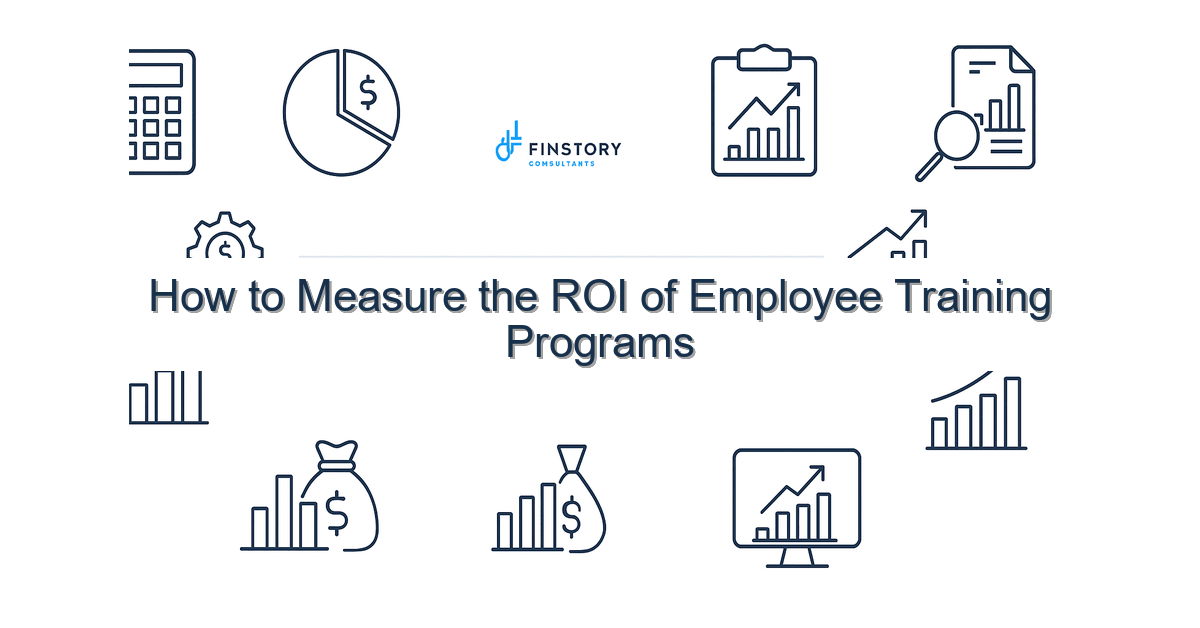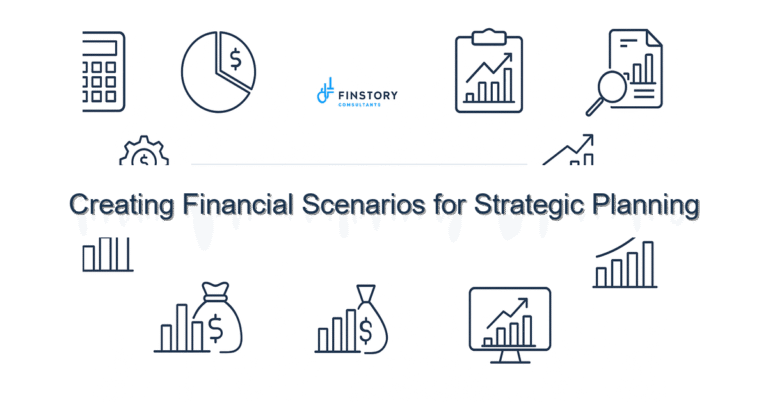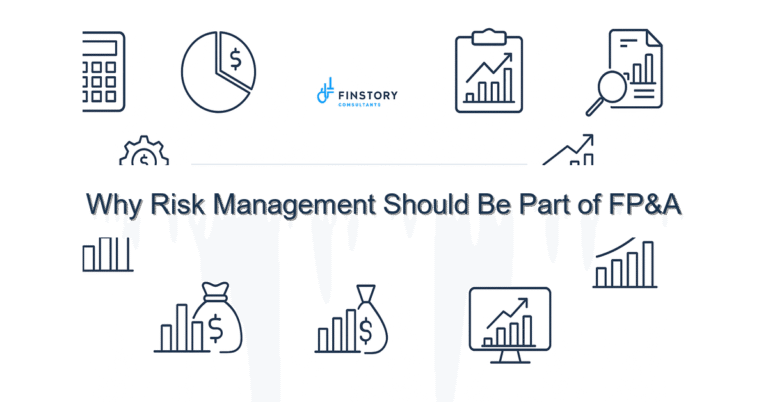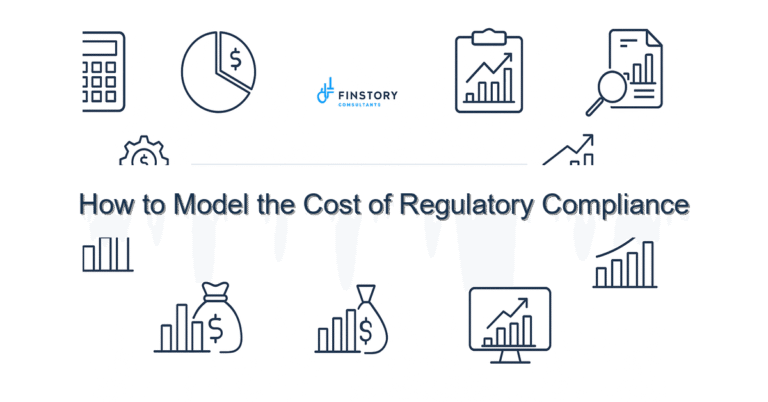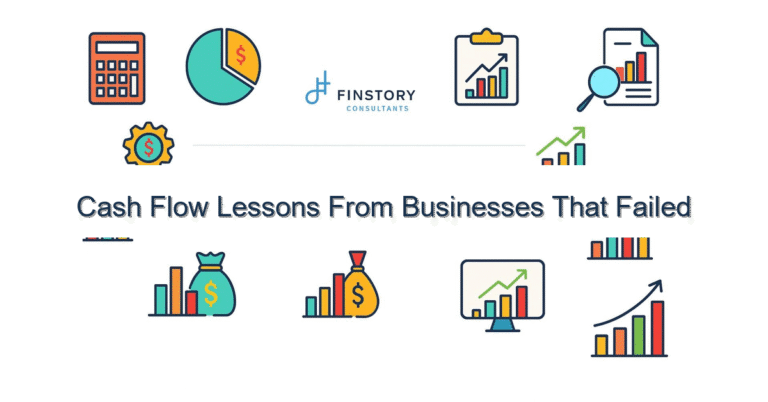How to Measure the ROI of Employee Training Programs
You pour time and money into training—yet the outcomes feel fuzzy. You’re not alone: healthcare leaders often struggle to prove that training actually moves the needle on costs, quality, or compliance.
Summary: Measure training ROI by linking learning objectives to specific financial and clinical metrics, tracking baseline-to-post changes, and using a repeatable reporting framework. The result: clearer decisions about what to scale, pause, or redesign.
What’s the real problem?
Training is essential in healthcare, but organizations treat it like an expense line rather than an investment. That makes it hard to prioritize programs or to know which ones deserve more budget.
- Symptoms: leaders know training matters, but can’t point to the dollar impact.
- Symptoms: multiple learning platforms produce isolated completion reports but not business outcomes.
- Symptoms: finance sees rising training spend; operations sees uneven behavior change.
- Symptoms: compliance courses are checked off, but clinical or revenue improvements lag.
What leaders get wrong
Many well-meaning leaders assume that completion equals impact. They measure inputs (hours, attendees) rather than outcomes. They also expect immediate, dramatic ROI from training that targets complex behaviors—change takes time. Finally, they treat all training as the same: a compliance module versus a documentation improvement program have very different payoff timelines and metrics.
A better approach
Think like an investor: define the expected return up front, measure the right signals, and report results in dollars and patient-relevant outcomes. Here’s a clear 4-step framework.
- Define outcome metrics: pick 2–3 metrics tied to finance or quality (e.g., coding accuracy, medication error rate, average length of stay, reimbursement capture).
- Establish baseline and timeline: capture pre-training data and set realistic windows for measurement (30, 90, 180 days depending on behavior).
- Attribute and quantify change: use control groups, staggered rollouts, or regression controls to separate training effect from other initiatives; convert changes to dollars where possible.
- Report and iterate: build a dashboard that shows cost of program, net benefit, and payback period; use findings to scale or redesign.
Real-world story: A 250-bed hospital we advised targeted documentation and coding accuracy. After a focused four-week clinician workshop and coder coaching, coding error rates fell 30% and captured revenue improved. The finance team quantified an incremental $420k in recovered revenue in the first 12 months, with a payback under 6 months. The key was choosing a narrow objective, measuring baseline thoroughly, and tying the result to revenue drivers.
Quick implementation checklist
- Pick one training program this quarter to pilot ROI measurement.
- Agree on 2–3 outcome metrics with ops and finance before rollout.
- Gather 3–6 months of baseline data for those metrics.
- Design a simple control or staggered rollout (by unit or shift) to help attribution.
- Estimate unit economics (cost per trainee, lost time, vendor fees).
- Translate outcome changes to dollars (ex: reduced denials, shorter LOS, avoided penalties).
- Build a one-page dashboard (cost, benefit, payback, confidence level).
- Schedule a 90-day review to decide scale, adjust content, or stop.
What success looks like
- Improved measurement accuracy: baseline-to-post attribution confidence >80% (through controls or statistical methods).
- Cycle time reduction: faster onboarding or competency attainment—example: new nurses reach competency 20% sooner.
- Quality improvements: medication error rates down by 10–25% depending on program scope.
- Financial ROI: payback within 6–12 months for operational or revenue-related training; demonstrated net benefit as a percentage of program cost (e.g., 150%+ ROI).
- Leadership adoption: consistent inclusion of training ROI in monthly operational reviews and board-level reporting.
Risks & how to manage them
- Risk: Misattribution when other initiatives run concurrently. Mitigation: use staggered rollouts or statistical controls, and annotate dashboards with major change events.
- Risk: Measuring the wrong things (completion vs. behavior). Mitigation: prioritize outcome metrics that map to finance or quality, and include observational or chart-audit checks.
- Risk: Overpromising quick ROI. Mitigation: set realistic timelines per program type and communicate confidence intervals in reported results.
Tools & data
You don’t need bespoke software to start, but smart use of tools speeds things up. Finance automation platforms help pull cost data and calculate payback. Power BI (or Tableau) is ideal for combining HR/training, clinical, and financial data into a single leadership report. Link LMS completion exports to EHR or billing systems so you can join training records with downstream outcomes. Finally, standardize a leadership reporting package—one page that shows investment, benefit, and recommendation.
Next steps
Start small: pick a single program, agree metrics with your CFO and CNO, and run a 90-day pilot. If you want help mapping metrics to finance and standing up the dashboards, reach out. We work with healthcare teams to prove value quickly and build repeatable processes so training becomes a growth lever, not just a checkbox.
Work with Finstory. If you want this done right—tailored to your operations—we’ll map the process, stand up the dashboards, and train your team. Let’s talk about your goals.
📞 Ready to take the next step?
Book a 20-min call with our experts and see how we can help your team move faster.
Prefer email or phone? Write to info@finstory.net
or call +91 44-45811170.
